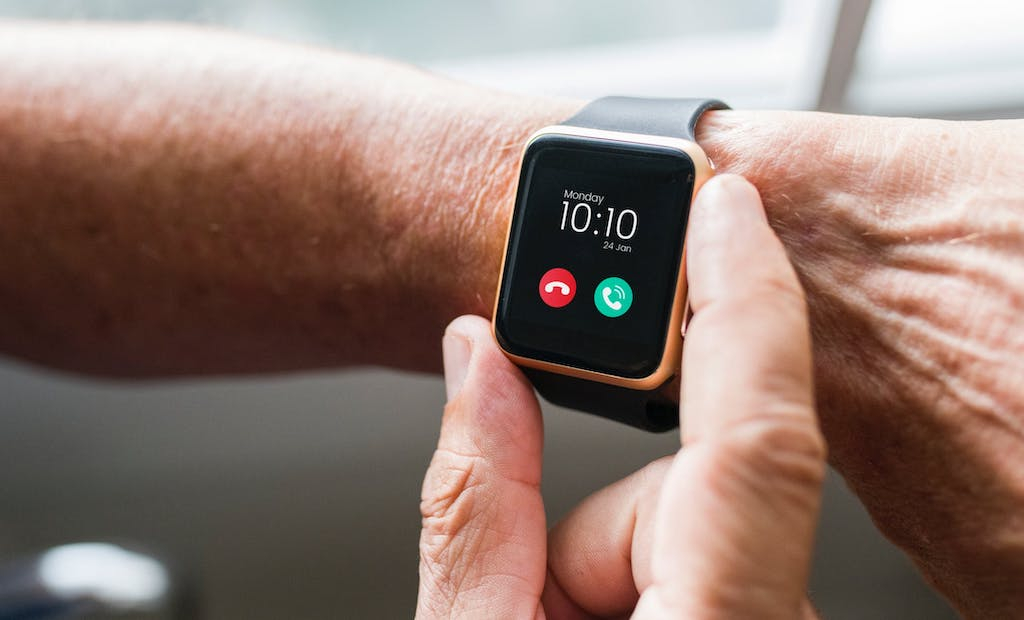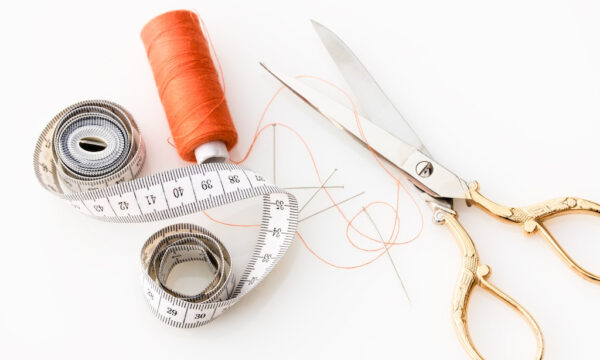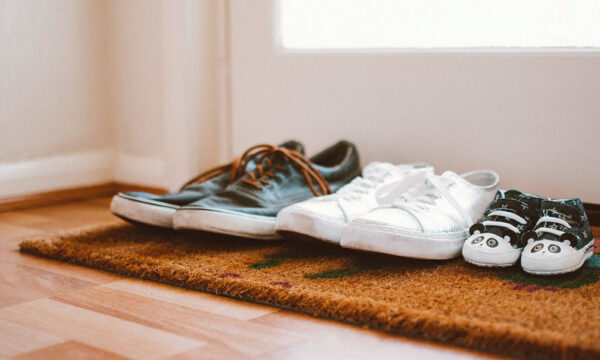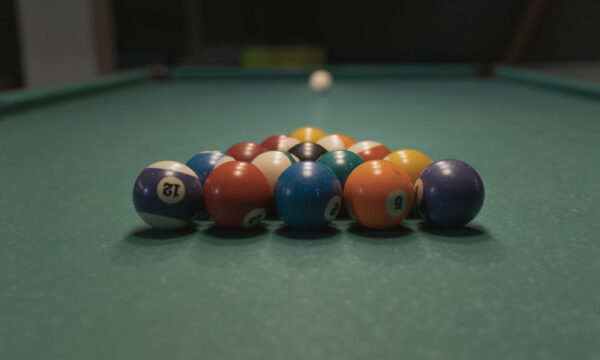Six gadgets of the 21st century that have helped improve our health

One of the most noticeable trends in 2020 is the importance and prominence of technology all throughout the year, bringing huge improvements to everyone’s lives. Most of the benefits gained from technology are so loud and clear that it’s difficult not to consider how useful they are. Nowadays, mobile phones are essentially small computers that fit in a pocket, the instant communication to reach friends whenever.
One aspect of technology that is mostly overlooked, but which is very essential, is the selection of health gadgets that improve lives, not by enhancing communication or work, but by enhancing lives to make them longer and more comfortable. Irrespective of the greatness of the cloud services, the computers, the tablets and the smartphones, some of the biggest disruptions have been witnessed in the health field in the last 20 years.
Here are listed some of the health gadgets that have assisted people to live better and longer lives in the 21st century. Read and learn about them below.
Smartwatches and health trackers
How was life possible before smartwatches? In the first place, they were used to track the alerts that people got on their mobile phones, but it later evolved into something bigger and more important. Currently, smartwatches come with sensors that have the capacity to track many health parameters like blood pressure, blood oxygen, blood glucose, temperature, heart rate and others.
Through a smartwatch, it’s possible to know if you need the services of medical personnel immediately. One can also get informed if there’s a possible virus infection and even trace contacts in the last few hours. It’s amazing that the smartwatch that was not in existence prior to the 21st century is now playing a huge role in reducing the spread of one of the most devastating health crises that humanity has ever experienced.
Smart lighting and night shift systems
It was in the 21st century that the saying “all white lights are not created equal” came about. It was when the bright wide screen and extremely large TV screens and smartphones became common that the saying above got to its zenith. This made people embrace the practice of spending their evenings in front of those bright screens that emit light that shines so bright against the blue lights on the other end. This practice hampered the sleep quality of humans as a result. According to researchers, while the blue light helps in enhancing alerts during the day time, it also harms quality of sleep and disrupts circadian rhythms.
What’s the best way to minimise blue light exposure level at night and inspire increased quality of sleep? Achieve this by staying away from those gadgets during the evening time. This is something not everyone can achieve and in the bid to help solve it, tech firms devised the system known as “smart home lighting” and “blue light reduction on PCs and smartphones”. When electronic displays are shifted from the blue coloured light area at night, the brain gets the chance to properly prepare for sleep.
Home gene sequencing
Seen any of the available home gene sequencing kits in supermarkets? When considering the incredible nature of those kits against the fact that it was only in 1990 that the human genome project started working on sequencing the human genome and only finished the project in 2003, it’s possible to appreciate what they’ve achieved. Currently, it will only take a few days to get a map of your genes.
With home gene sequencing, one doesn’t just learn more about ancestry, though the experience can enlighten. When genes become known, it’s possible to become aware if you are prone to develop chronic health conditions. When aware of the risks, you can try and minimise them by making some changes in lifestyle. Through gene sequencing, it’s possible get hold of a lot of information that was not available before the 21st century.
Self-cleaning everything
UV based disinfection has existed for some time, but it grew in popularity in the 21st century, with products like UV based water filters and surface disinfecting wands becoming rampant and affordable. The UV and other disinfecting systems were brought to the fore by the health crisis and now, there are small areas like rooms and elevators that can disinfect themselves in the absence of people.
There are lots of consumer self-disinfecting products with self-cleaning effects that were never there before the 21st century, they include self-cleaning water bottles, toothbrushes and many others. The value of the disinfecting wands has also grown and they are now used by some people to disinfect surfaces like subway seats and bus stations.
Portable air quality monitors
Poor indoor air quality is among the biggest silent killers in the world today. Pollutants of indoor air, like carbon monoxide, mould and pollen cannot be detected easily, unless electronic sensors are used. Some forms of affordable consumer air quality monitors have been in circulation in the past few months.
Currently, most of the smart homes have air quality monitors that can detect the mentioned pollutants and also fish out particulate matter, volatile organic compounds and others. Those who live in an area that is prone to air pollution or suffer from allergies can be saved by a portable air quality monitor.
The editorial unit























Facebook
Twitter
Instagram
YouTube
RSS